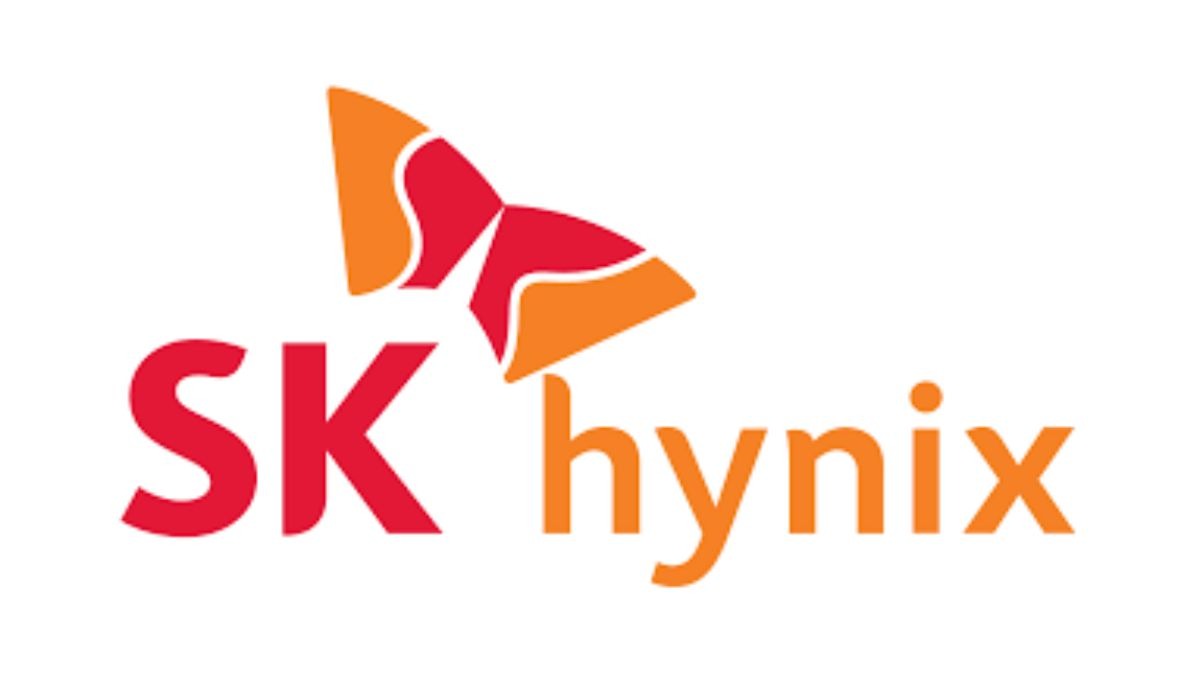
Advertisement
SK Hynix, a leading memory chip manufacturer, announced its highest quarterly profit in six years on Thursday, driven by robust demand for advanced memory chips essential for artificial intelligence (AI) computing.
For the second quarter, SK Hynix reported revenue of 16.42 trillion Korean won (approximately $11.86 billion), slightly exceeding the forecast of 16.4 trillion won. Operating profit reached 5.47 trillion won, surpassing the estimated 5.4 trillion won and marking a significant turnaround from a loss of 2.88 trillion won in the same quarter of the previous year.
The company’s revenue surged 124.7% year-over-year from 7.3 trillion won, setting a record for the highest quarterly revenue in its history. The increase was attributed to rising prices for memory products, driven by strong demand for high-bandwidth memory (HBM) used in AI applications.
Despite the strong earnings report, SK Hynix’s shares fell by up to 7.81% on Thursday morning, reflecting broader market trends. The decline followed a drop in South Korea’s Kospi index by 1.91%, influenced by disappointing earnings reports from major U.S. tech companies like Alphabet and Tesla.
Looking ahead, SK Hynix expects continued robust demand for AI servers and a gradual recovery in conventional markets, including AI-enabled PCs and mobile devices. The company plans to maintain its leadership in the HBM market by starting mass production of its 12-layer HBM3E products this quarter, with shipments expected to begin in the fourth quarter.
The expansion of HBM capacity is critical, as HBM chips require more wafer capacity than standard dynamic random-access memory (DRAM). SK Hynix anticipates increased investment to meet both HBM and conventional DRAM demands, with higher capital expenditures for the year compared to initial expectations.
Analysts predict that tight supply for HBM and DRAM will persist until at least 2025, driven by the explosive growth in AI applications and high-performance computing needs. SK Hynix, a key supplier of HBM3 chips to Nvidia, faces competition from rivals such as Samsung, which is also entering the HBM3 market.
Looking forward, SK Hynix aims to ship the next-generation 12-layer HBM4 starting in the second half of 2025, continuing its position as a leader in the high-bandwidth memory market amidst growing global demand for AI technologies.
